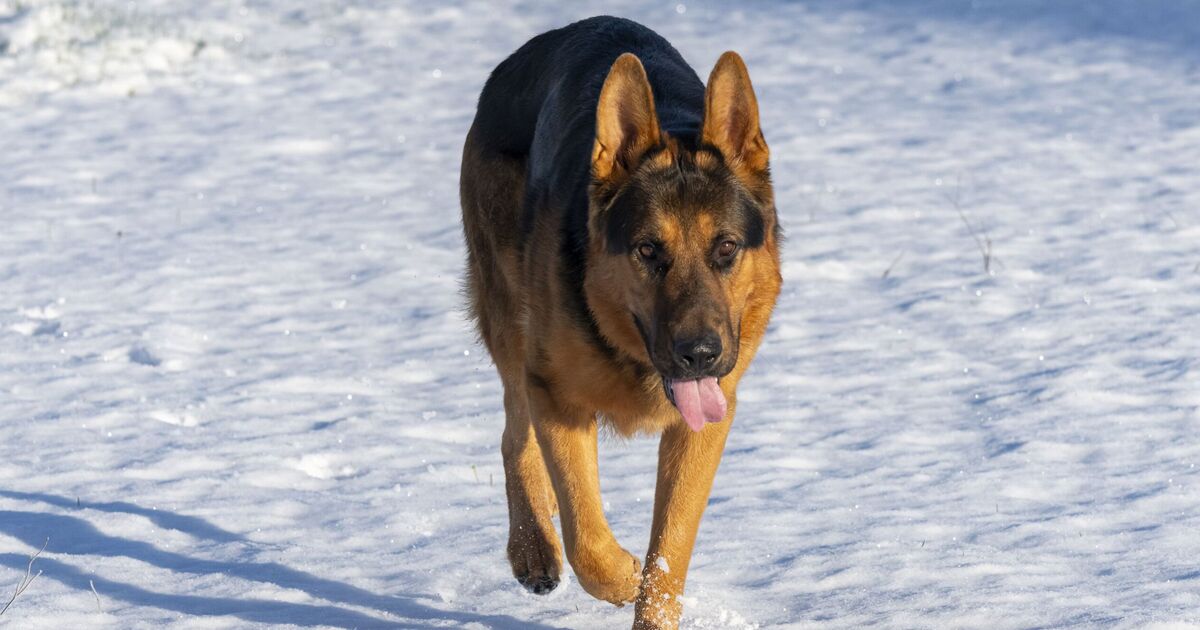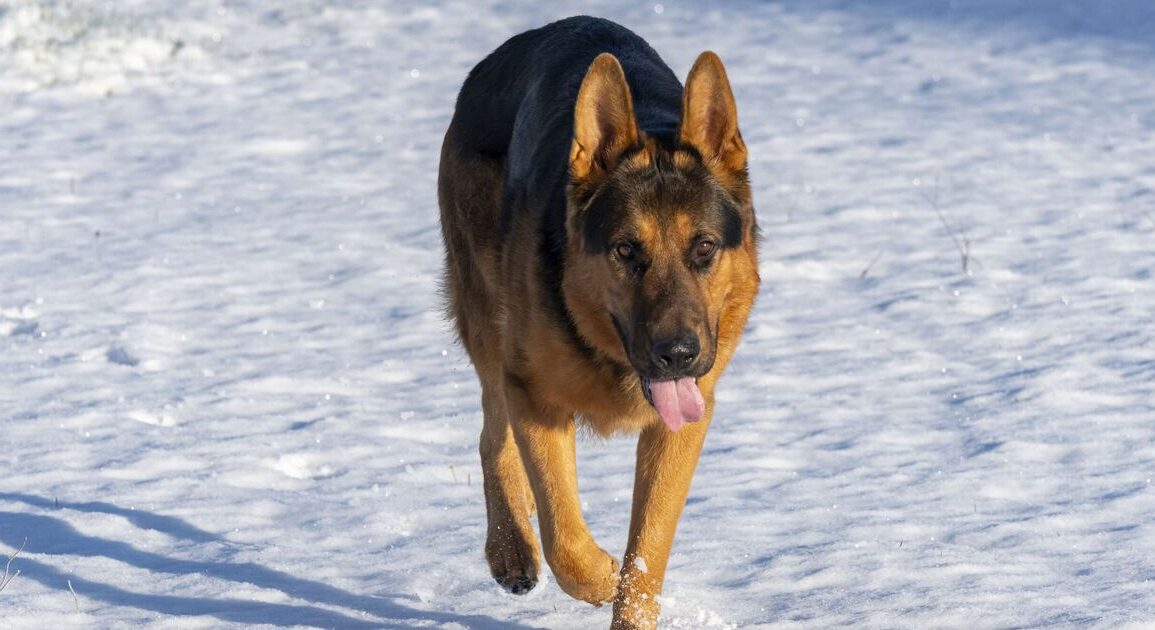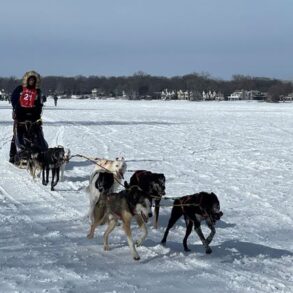
As the cold weather continues to tighten its grip, it’s not just humans who feel the chill – our beloved canine companions also brace against the freeze.
With January’s temperatures plummeting, many frost-fearing people quiver at the thought of a brisk walk with the dog. But, our furry friends demand their daily frolic come rain, snow or icy blast.
As temperatures dip, pet owners’ anxiety mounts, prompting a whopping +509% spike in frantic Google searches for “keep a pet warm”. Heeding the call for guidance, Frederica Carneiro, an esteemed dog trainer who works with the app Woofz by nove8, has shared some advice.
She says that dogs, much like us, are warm-blooded creatures, where exposure to the bitter cold could lead to consequences such as hypothermia or frostbite. Therefore, snuggling up indoors may sometimes be more than cosy, as it can be a shield against winter’s biting touch, particularly when the thermometer dips to a bone-shaking -7°C or lower.
Every dog bears its own barometer of cold tolerance, but Frederica says there’s some advice you need to follow. Though dogs have different tolerances to cold temperatures, you can use some general guidelines to know how long you can keep your dog outside in winter.
Frederica shared the following advice:
- Small breeds are already at risk of getting cold when the temperature is 0°C, with anything below -5°C posing a high or extreme risk.
- Medium breeds can tolerate colder temperatures compared to smaller breeds, but pet parents should be concerned if the temperature drops below -10°C.
- Large breeds face a medium risk down to -10°C, with the risk of illness rising to high or extreme when temperatures hit the -15°C mark.
Depending on the breed of your dog, they should not be walking barefoot in the snow for more than 15 to 30 minutes. The cold ground isn’t the only concern, as salt covering the pavements can also damage their paws.
To protect your dog’s paws during winter, consider using dog boots, applying paw balm and wiping down their paws after walks. In some cases, your dog may need winter clothing to stay warm.
If your dog is feeling cold, they will usually show signs such as shaking or shivering, barking, hiding or lifting up their paws. They might also try to find a place to hide.
This post was originally published on this site be sure to check out more of their content.









































